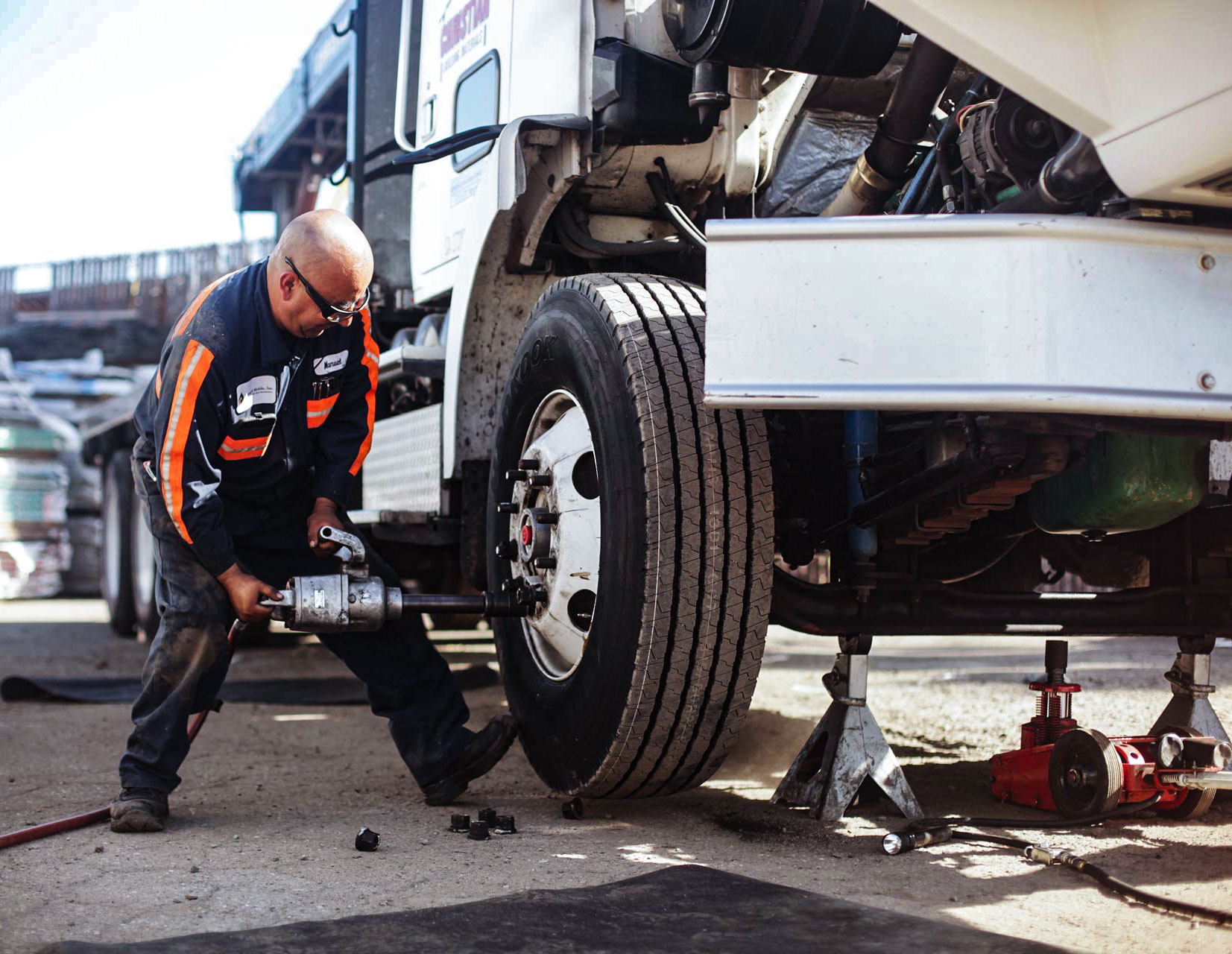Drive with Self-confidence: GMC Tires Service at Morris Tires
Drive with Self-confidence: GMC Tires Service at Morris Tires
Blog Article
Tire Solution: The Influence of Climate Problems
When it involves ensuring optimal performance and security when driving, recognizing the influence of weather on tire service is vital. From scorching warmth to icy roads, each weather component can significantly affect tire functionality and total driving experience. By delving right into the impacts of differing weather condition problems on tires, chauffeurs can obtain useful insights that may enhance their vehicle's efficiency and longevity. In this discussion, we will certainly check out the elaborate relationship between weather and tire solution, clarifying the value of weather-specific tire upkeep methods and considerations.
Heat and Tire Efficiency
When revealed to high temperature levels, tires experience changes in performance that can significantly impact automobile safety and security and handling. The warmth produced from long term driving or hot weather condition conditions causes the tire rubber to soften, leading to reduced step life and enhanced wear.

Winter Effects
Cold climate conditions can have a substantial effect on tire efficiency and safety. As temperatures decline, tire rubber can set, resulting in decreased grip on icy or snow-covered roadways. In cool climate, tires might additionally lose air stress extra rapidly, which can impact managing and gas performance. Additionally, chilly temperature levels can cause tire sidewalls to tense, increasing the danger of damages from holes or other road risks.
To alleviate the results of cool weather on tires, it is essential to frequently check tire stress and inflate them to the supplier's recommended levels. Using winter season or all-season tires created for winter conditions can also boost traction and grip on icy or snowy roadways. Proper tire maintenance, consisting of regular inspections for wear and damage, ends up being a lot more important throughout chillier months to make sure optimal efficiency and safety and security.
Rainy Conditions Influence
Throughout rainy conditions, tire efficiency and safety and security can be dramatically influenced by the damp roadway surface areas and minimized presence. The walk pattern of tires plays an essential role in preserving grip on wet roadways. Tires with damaged treads are extra vulnerable to hydroplaning, where a layer of water constructs up in between the tire and the road surface area, bring about loss of grip. To fight this, vehicle drivers ought to on a regular basis inspect their tires for sufficient tread deepness and take into consideration investing in tires specifically created for wet problems.
Additionally, rainy climate can morris tires additionally decrease exposure, making it challenging for vehicle drivers to see the roadway in advance clearly (GMC Tire Service). In such conditions, it is important to adjust driving rates appropriately and maintain a risk-free following range to enable sudden quits. Appropriately inflated tires can likewise assist in preserving control on damp roads by offering far better handling and hold
Snow and Tire Security
Snow-covered roadways position one-of-a-kind difficulties for chauffeurs, stressing the significance of appropriate tire option and upkeep. When driving in snowy conditions, having the ideal tires can make a significant difference in security and efficiency. Winter season tires are designed with special rubber compounds and tread patterns to give much better traction on snow and ice contrasted to all-season tires. The much deeper treads and sipes of winter season tires assist grasp the roadway better, lowering the risk of moving and sliding.

It is crucial his explanation to comply with producer instructions when utilizing and installing tire chains to avoid damage to the tires and car. By picking the ideal tires, preserving proper rising cost of important source living, and taking into consideration extra traction help like tire chains, motorists can improve their safety when browsing snow-covered roads.
Weather-Related Tire Upkeep
Weather-related tire upkeep includes a range of techniques intended at guaranteeing optimal tire feature and durability in different weather situations. One key aspect of weather-related tire upkeep is tire pressure regulation. Examining tire step regularly and replacing tires when tread wear reaches a specific deepness is important for keeping traction and security in adverse climate.
Final Thought
In final thought, weather condition conditions have a significant impact on tire efficiency and safety and security. From heat impacting tire stress and put on to cool weather minimizing traction, it is important to take into consideration the weather when maintaining and utilizing tires.
In this conversation, we will check out the intricate connection in between weather problems and tire solution, shedding light on the importance of weather-specific tire upkeep practices and factors to consider.
Report this page